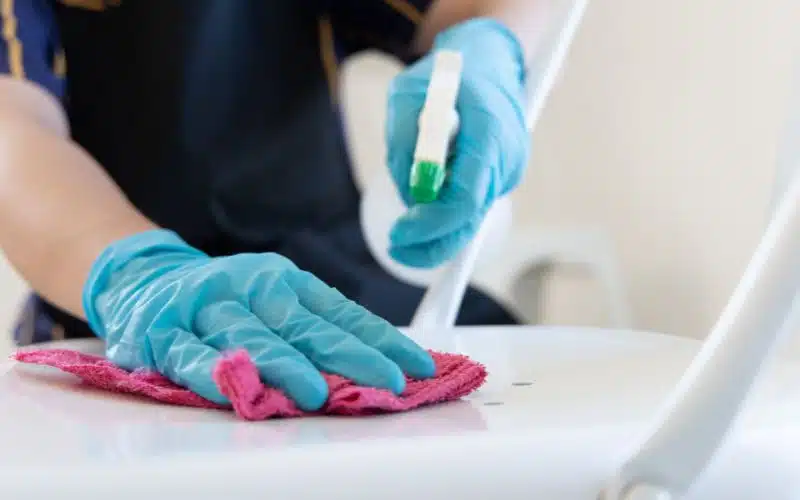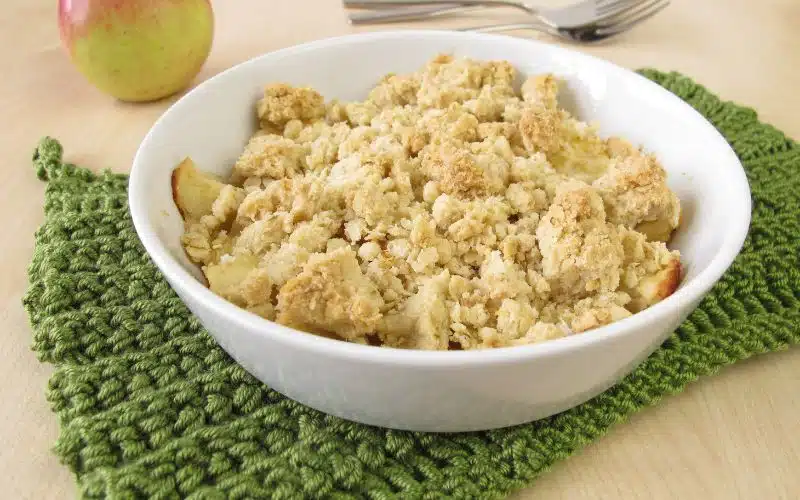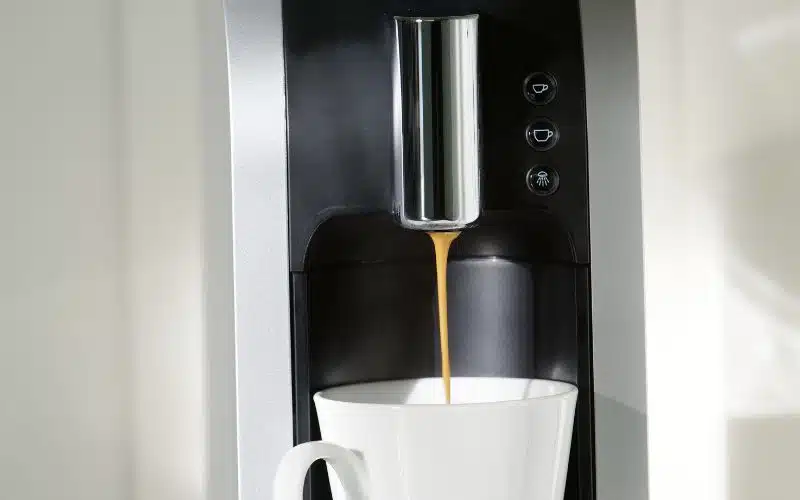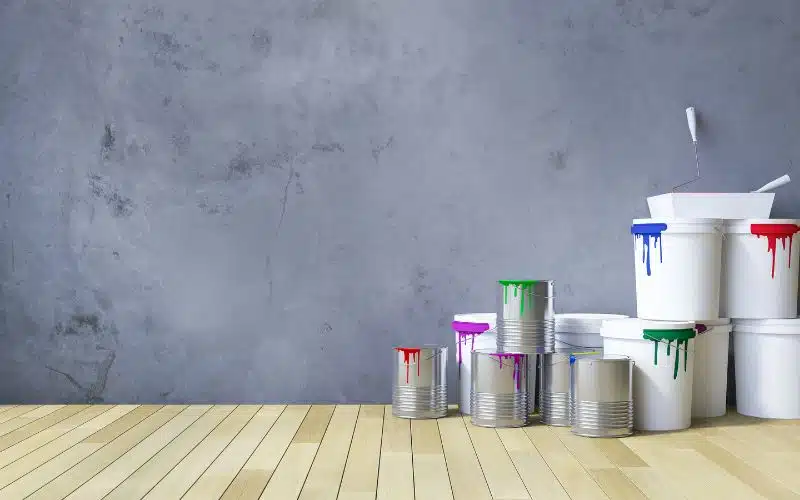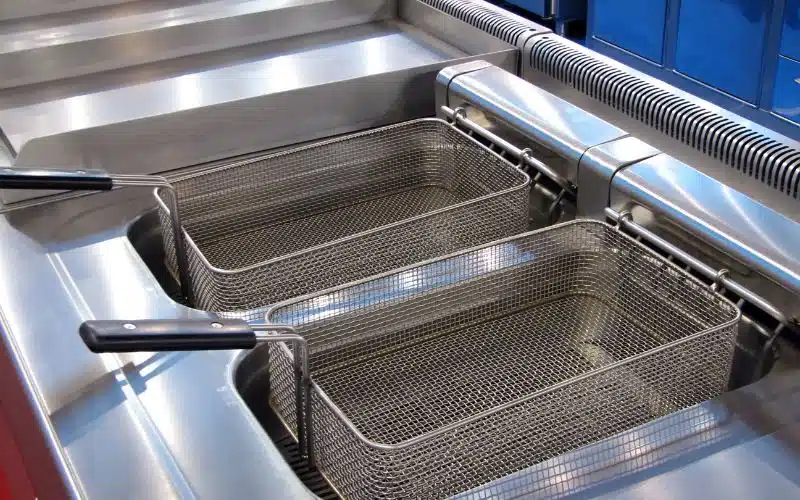The kitchen is a haven for many people in their homes, no doubt! It is not just about the food and tasty treasures in the kitchen.
The insulation in the kitchen and the heat cooking gives off are joy givers when the weather is cold. You can turn to the kitchen if the heating and cooling system is spoilt.
With all the warm delights of the kitchen, imagine the setback a cold floor will cause.
It is the same feeling you get when something bursts your bubble. Besides that, a cold kitchen floor is a real bummer when cooking.
More than hurting your feet, it makes the kitchen room feel cold. Airflow in the house is such that cold air sinks and hot air rises. So, when you get the reverse, it becomes a problem.
A cold kitchen floor is likely due to a broken heating and cooling system. Or cold air leaking into the basement crawl space due to a fault with the crawl space insulation. A broken spray foam insulation makes the kitchen room feel cold. The diagnosis is not too tasking. The problem is usually within the options mentioned.
Why Is My Kitchen Floor So Cold?
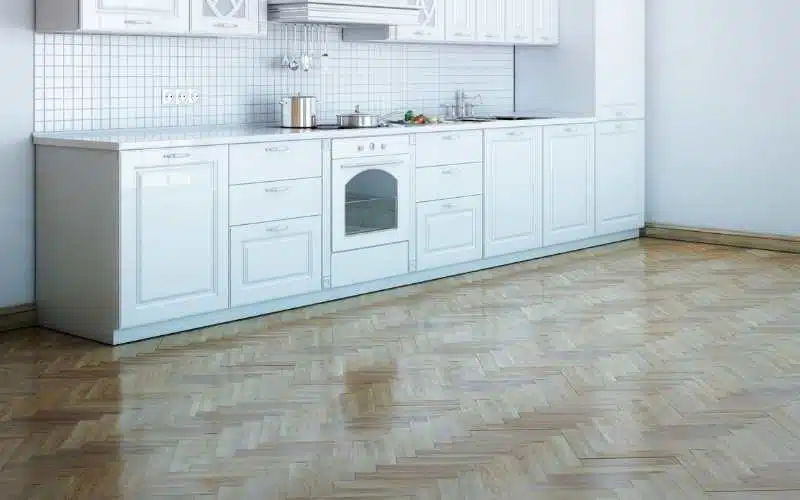
The kitchen floor gets too cold due to cold air leaking into the basement crawl space. Having your room feel cold in the summer is bearable.
But cold floors in winter are something else. All homes need proper airflow through all seasons. That is where the heating and cooling system comes in.
It helps to prevent cold floors. When the system has a fault, then rooms feel cold.
Due to convection, hot air rises, and cold air sinks into our homes. That is the right way airflow should go. The direction ceiling fans rotate also determines airflow.
When fans rotate clockwise, they create an updraft and circulate heat down. But when fans rotate counterclockwise, the air under the fan pushes down and cools the room.
When fans rotate clockwise, they redistribute warm air in the room. But they create a cooling effect when they rotate counterclockwise.
So, always ensure your fans rotate clockwise for a warm feeling. But, the direction your ceiling fans rotate does not change naturally.
So, you do not need to check with it when you notice the air in your room feels different.
Another reason your kitchen floor is cold may be due to a fault with the crawl space insulation. It also helps to keep floors warm.
So, if there is any damage to the crawl space insulation, you get a cold kitchen floor. Proper insulation does not block airflow.
Insulation only slows heat transfer to ensure heat retention and keep floors warm. Also, make sure to insulate basement walls properly.
The choice of material for your kitchen flooring also affects the insulation. It is not typical for insulation but helps achieve a cold or warm feeling.
Tiles remain the most common choice for kitchen flooring. But of all materials, it feels coldest under the feet.
So, you can consider getting a carpet to go with your kitchen flooring and make it a bit warmer.
How Do I Make My Kitchen Floor Warmer?
Below are some ways to warm cold floors. Unfortunately, there is no best option among them. Your choice is down to personal preference and budget.
#1. Insulate Basement Walls
You have fewer chances of a cold kitchen floor when you insulate basement walls. The best way to insulate basement walls is foam insulation.
The main types are spray foam insulation and rigid foam insulation. Experts favor rigid foam over spray foam.
Rigid foam insulation is best suited to basement walls. That is because it provides air sealing and stops moisture.
Air sealing helps insulation because air leaks reduce the effectiveness of insulation. The strength of foam insulation lies in its R-value.
It measures the thermal resistance of the material. Spray foam has an R-value of about R-7 per inch. The R-value for Rigid foam can get up to R-8 per inch.
So, rigid foam insulation serves better to insulate basement walls. However, spray foam insulation costs more than rigid foam insulation.
Also, rigid foam works best when used to seal cracks.
#2. Get An Electric Floor Heater
An electric floor heating is a type of underfloor heating system. It sits under the kitchen floor and heats the floor. The heat also goes beyond the floor to warm the whole kitchen.
Due to that, people prefer electric floor heaters and the fact that they hide in plain sight.
Though an electric floor heater is efficient, using one is tricky. First, you need to make sure the flooring material in your kitchen is a good conductor of heat.
Wood, marble, stone, and tile are good examples. Another tricky thing is the installation. It is easier to install in a new room or during renovation.
You would have to take your floor apart to install one. Besides the installation part, they are convenient. The cost of installing an electric floor heater depends on the kitchen size.
It measures in square feet. One of the best in the market is LuxHeat from Warming Systems.
#3. Install Thermal Breaks
The thermal break is a material with low thermal conductivity. One of the perks of using one is that it serves a dual purpose.
A thermal break retains heat when the weather is cold and blocks heat out when it is warm. When installing thermal breaks, they help cut down heating and cooling costs.
The thermal break floor sits under the kitchen floor like foam insulation. The installation is also like foam insulation.
Using a thermal break is one of the most efficient ways to warm cold floors. After installation, it needs no servicing.
A great product in the market is the Schluter-DITRA-HEAT-DUO. It also acts as a soundproof material.
#4. Toe Kick Heaters
Toe kick heaters work great in the kitchen because they do not eat up space. Their installation is usually along with the kitchen base cabinets.
They warm the kitchen by drawing in cool air and returning it to a preset temperature. The product is of two types; hydronic and electric types.
The hydronic type works with an existing boiler system.
The kitchen size determines the size of the toe kick heater. The standard power is 10 watts per square foot. So, multiply your kitchen size times 10.
Toe kick heaters are not the first choice heating systems, but they do a good job. One of the best in the market is the Qmark Toe Kick Heater. It is fit for a kitchen of up to 150 square feet.
Conclusion
A freezing kitchen floor may be due to a broken heating and cooling system. This problem is also down to poor insulation of the basement crawl space or basement wall.
The remedy is to fix the insulation. Electric floor heaters, thermal breakers, and toe kick heaters also warm cold floors. Go with the option that suits you best.
